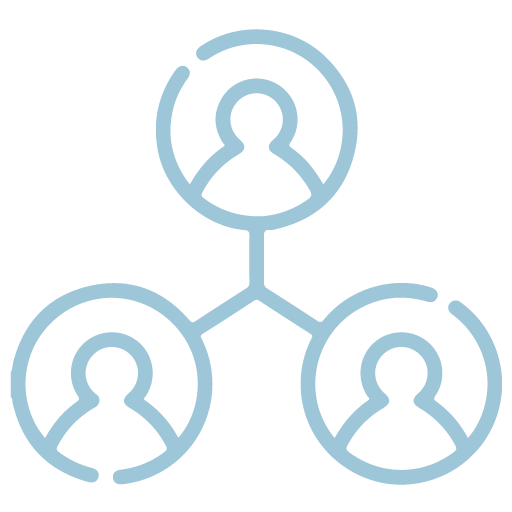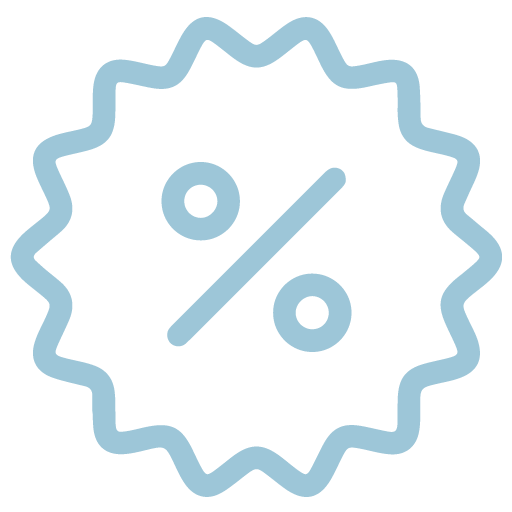A Guide to Revenue Management for Your Spa
Spa and wellness is a wonderful industry but spas can often yield low profit margins. Costs can be high, and occupancy and retail revenue are dependent on a variety of factors that are often beyond your control.
Introduction
Spa and wellness is a wonderful industry but spas can often yield low profit margins. Costs can be high, and occupancy and retail revenue are dependent on a variety of factors that are often beyond your control, like political, socioeconomic, and environmental factors, staff shortages, seasons, day of the week and time of day.
Fortunately, there is an almost foolproof way to significantly increase profits at your spa: revenue management. Despite ample evidence of revenue management’s incredible power to boost profits, however, not every spa uses it, which means many people are leaving considerable amounts of money on the table. Is this you? Let’s change that.
On this page we’ll talk about revenue management and yield management, revenue management software systems, why they matter and how these strategies can have a dramatic impact on the bottom line at your spa.
What is Revenue Management?
Revenue management is the practice of optimizing pricing and product or service availability based on anticipating and predicting consumer behavior and fluctuating market factors in order to achieve the best financial results. This involves collecting and analyzing data and identifying customer segments to identify patterns that may help predict consumer behavior and value perception specific to these segments. It’s often stated that the primary aim of revenue management is to sell the right product to the right customer at the right time for the right price.
Because spa, wellness, and hospitality markets are capricious and unpredictable, revenue management is extremely important. The COVID-19 pandemic is a perfect case study of how markets and profits can be affected by unpredictable factors. Savvy businesses in areas hardest hit by travel bans found particular benefit in adjusting offerings to appeal to local markets and to customers looking for longer-stay options. The staycation and the workcation are examples of the aforementioned “optimizing pricing and product or service availability based on anticipating and predicting consumer behavior and fluctuating market factors in order to achieve the best financial results.”
In 2020, for instance, when millions of people became full-time remote workers, hotels and resorts got creative with program offerings that allowed guests to stay connected to work. Wellness sabbaticals and workcations emerged as top travel and hospitality trends, allowing companies to generate revenue streams while we waited for travel to return to pre-COVID levels. Marriott International announced a program to work anywhere with Marriott Bonvoy, offering Day Pass, Stay Pass and Play Pass packages to people looking for ways to break up the day-to-day monotony of working from home. This is a good example of analyzing data, projecting consumer behavior, and adjusting services and pricing to meet predicted needs and demand and it is the sort of strategic thinking and planning that serves businesses well. Marriott would have done a lot of work analyzing data to determine whether this strategy would work. More examples of revenue management in hospitality that emerged during the pandemic include fitness equipment rental and charging for extra housekeeping.
But these are not even the most obvious instances of revenue management, which is more commonly applied to day-to-day operations outside of a major disruption event.
How Can Revenue Management Increase Profits at Your Spa?
In a spa, more traditional examples of revenue management strategies include dynamic pricing, menu engineering, and add-ons.
In an industry in which product and service availability often exceeds demand, a common way to deal with this is by discounting. But savvy leaders will generally counsel against this strategy, particularly in luxury markets where discounting can be seen to devalue a brand. It’s been pointed out that setting one rate for peak times and discounting during slower times or offering too many promotions can position your spa as a sort of bargain basement, which might not be the image you’re going for and might not attract the type of clientele you have in mind.
Marriott’s Senior Corporate Director of Spa Operations, Suzanne Holbrooke, told Spa Executive Magazine in a 2021 interview, “While discounting is an easy way to attract extra demand, it is unfortunately only a short term solution. A discount strategy can have a negative impact on the consumer’s value of treatments, services, and brand. Consumers will want access the discounted prices most of the time. Discounting will only down trade revenue potential.”
Similarly, implementing dynamic pricing in the wrong way might turn customers off, because fluctuating prices can be seen as unfair or unreasonable. While reducing prices during off-peak hours can certainly work in some markets, other consumers might wonder why they should pay more for a massage because they work weekdays and have children, and are therefore only available on a Saturday, than someone who is available Tuesday.
Fortunately, there is an array of dynamic pricing strategies that can yield the results you want. They start with taking a deep dive into your expenses and profits and structuring operations accordingly, for example, to offer the most profitable services during peak times.
The History of Revenue Management
Revenue management began in the airline industry in the early 1970s and was known as “yield management.”
The very first revenue management strategies in this industry were discounts for early bookings, which gave airlines the opportunity to sell seats that would probably have otherwise remained empty when the plane took off. The strategy was based on analyzing market factors, like time of year, day of the week, and destination and origin locations – to predict demand.
In the late 1970s the airline deregulation act opened the door for airlines to fully implement yield management, which has been called by Robert Crandall, former Chairman and CEO of American Airlines, “the single most important technical development in transportation management since we entered deregulation.”
Yield management is sometimes said to have brought the air industry back from the brink. Throughout the 1980s the practice grew and became common and spread throughout the hospitality industry. A 1992 paper quotes Robert Crandall as crediting American Airlines’ survival to yield management and estimating that the strategy generated $1.4 billion in incremental revenue over a three-year period. He also said, “We expect yield management to generate at least $500 million annually for the foreseeable future.”
Consumers now simply expect fluctuating prices for airline seats and hotel rooms as a matter of course, and in the years since the beginning, the concept of yield management has been expanded and encompassed by the more comprehensive concept of revenue management.
The Difference Between Revenue Management and Yield Management
Yield management is most commonly applied when there is limited or finite capacity, such as with seats on an airline, a hotel room, or in the case of a spa, a treatment room or chair and a service provider’s time and energy. It’s traditionally used to refer to rooms and bookings. Revenue management is a natural evolution of yield management that includes not just rooms and appointment bookings but packages, amenities, and additional offerings like food and beverage.
Regardless of whether we’re talking about revenue management or yield management, the same conditions and steps usually apply. These include a finite amount of available resources that become unsellable after a point in time, customer segments, and demand forecasting.
Successfully implemented, revenue management and yield management systems will optimize intake, minimize downtime, increase revenue, and keep your spa or salon appointment book filled and your staff happy.
Common Revenue Management Tips and Strategies
Tracking KPIs

Creating customer segments
Yield management

Discounting
Upselling and cross selling
Continuing to track and analyze data
Examples of Revenue Management and Yield Management in the Spa Industry

Menu engineering
Tiered memberships


Unbundling
Tiered service providers


Ancillary services
How a Spa Software System Can Help With Your Spa’s Revenue Management
- Your top and bottom revenue generating services.
- Your bestselling and not-so-bestselling retail products.
- Treatment room occupancy.
- Your revenue and occupancy by month, season, day of the week, time of day.
- Projected revenue by day of the week.
- The performance of your service providers.
- Revenue by customer segment, including gender, local or hotel guest, and more.

